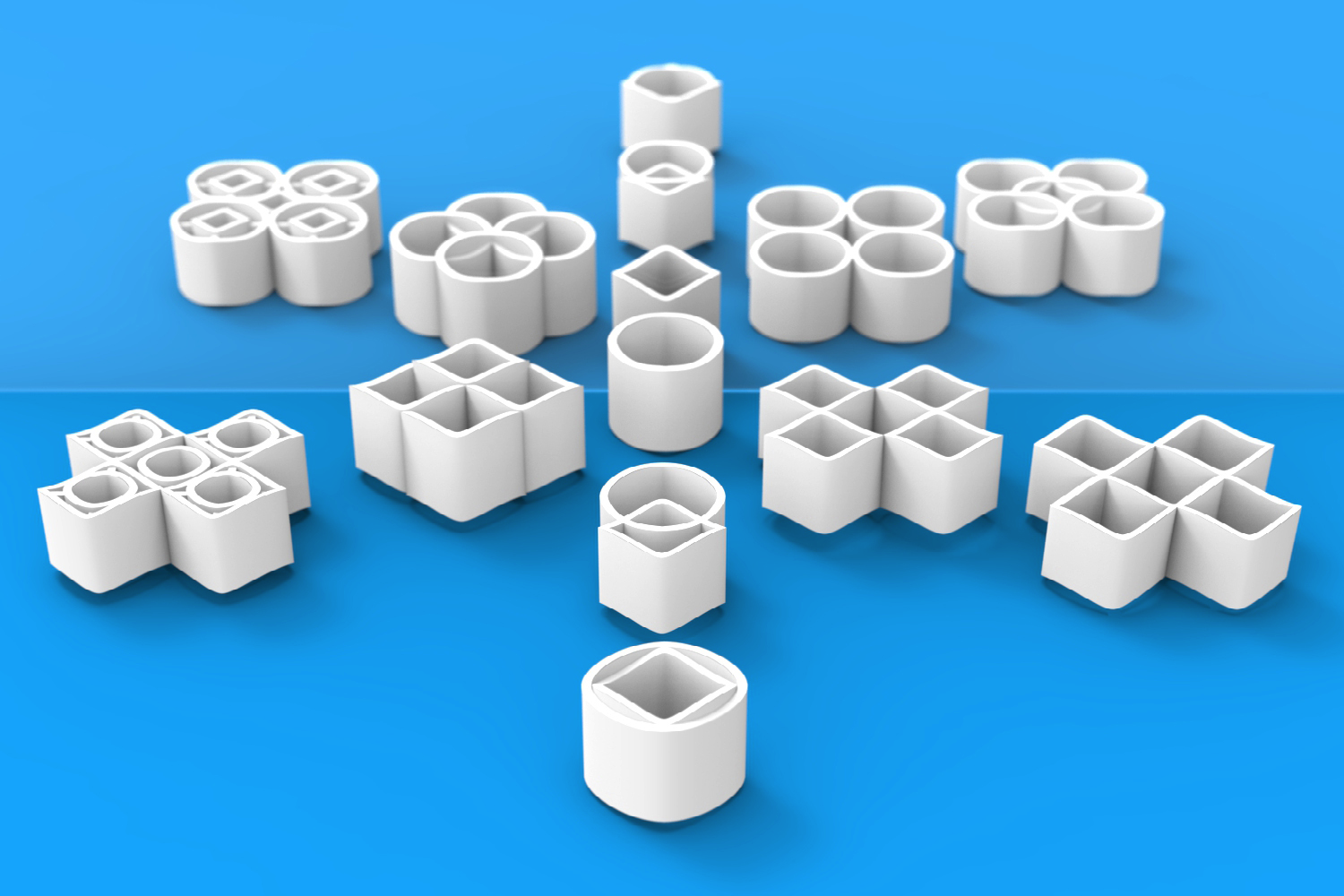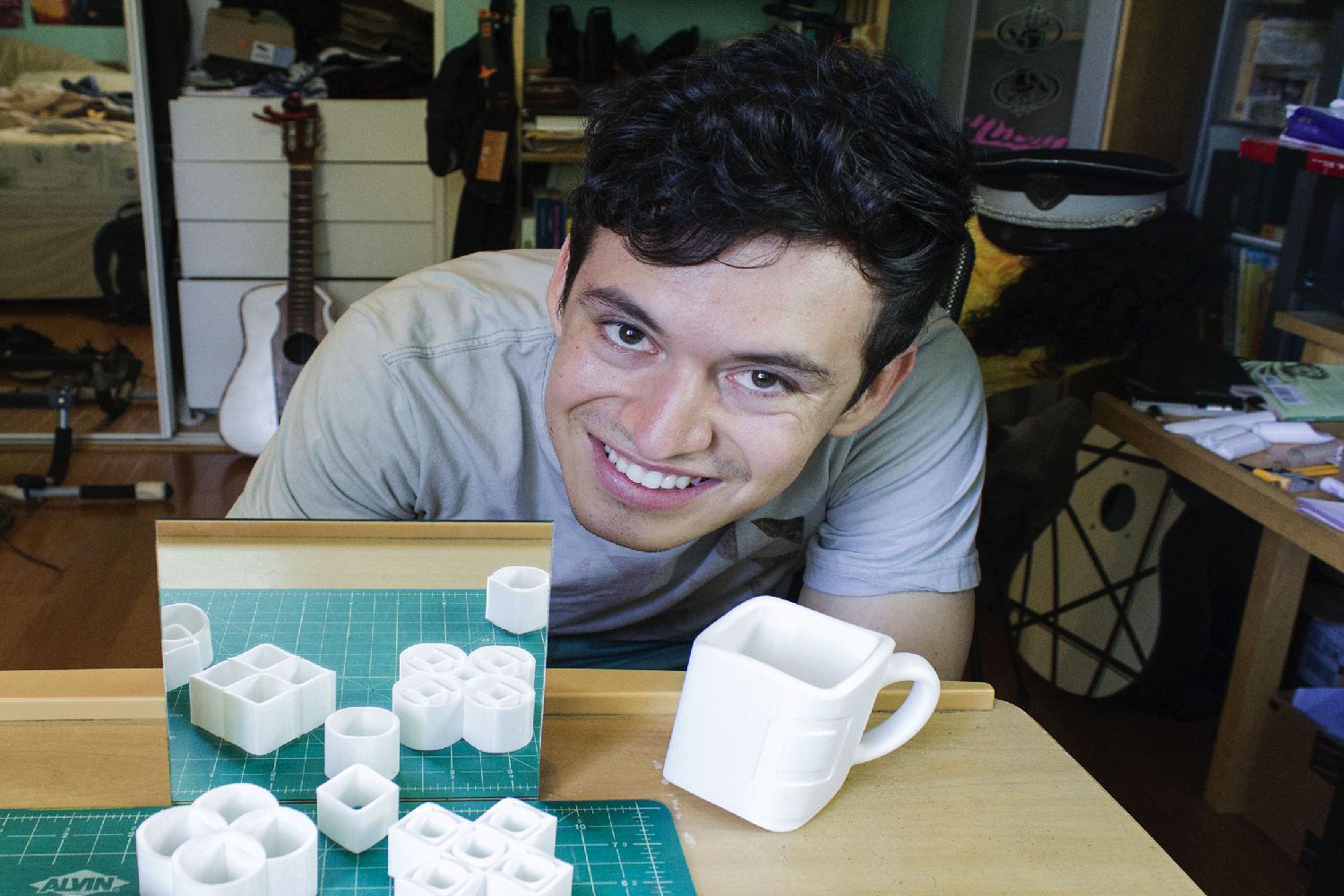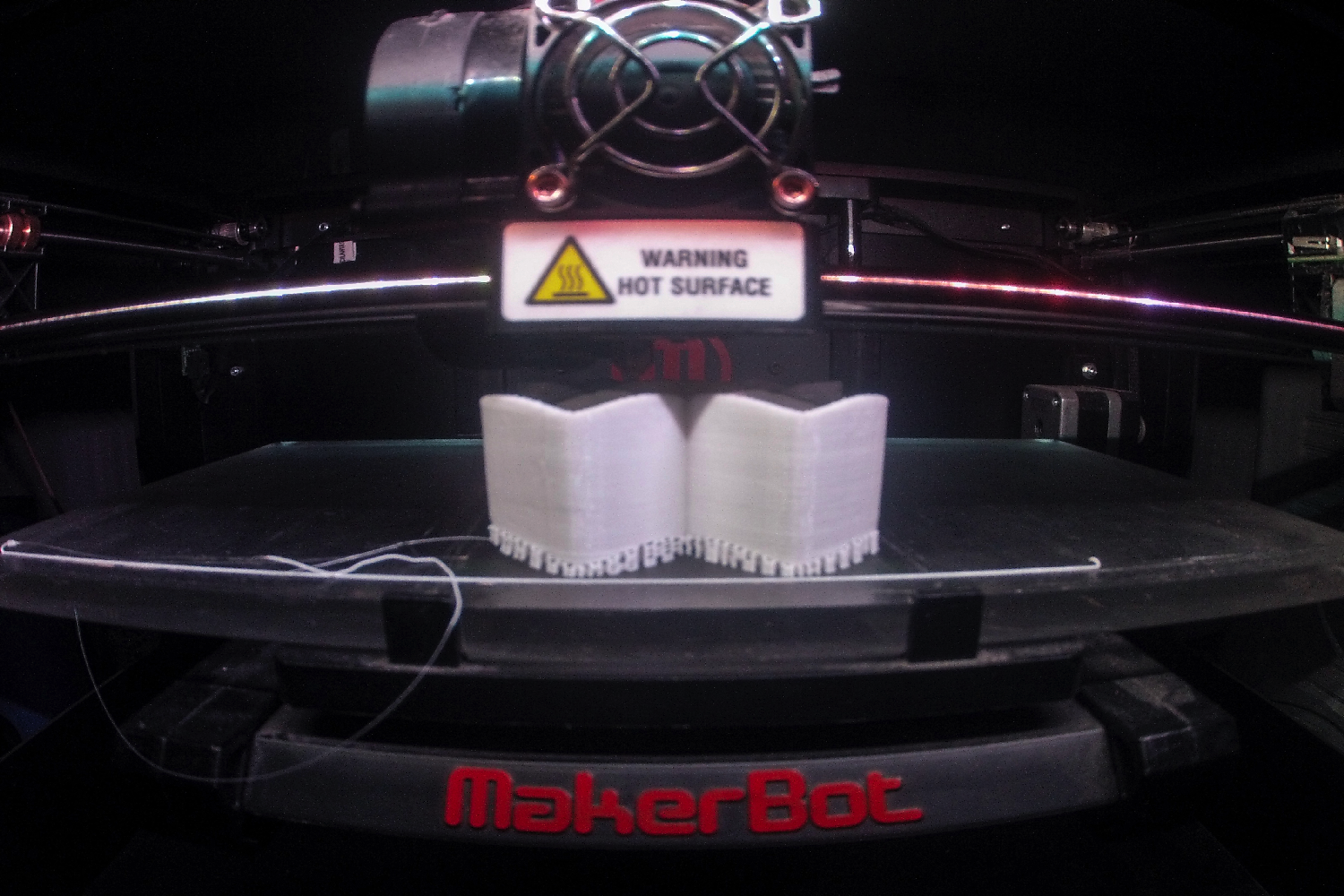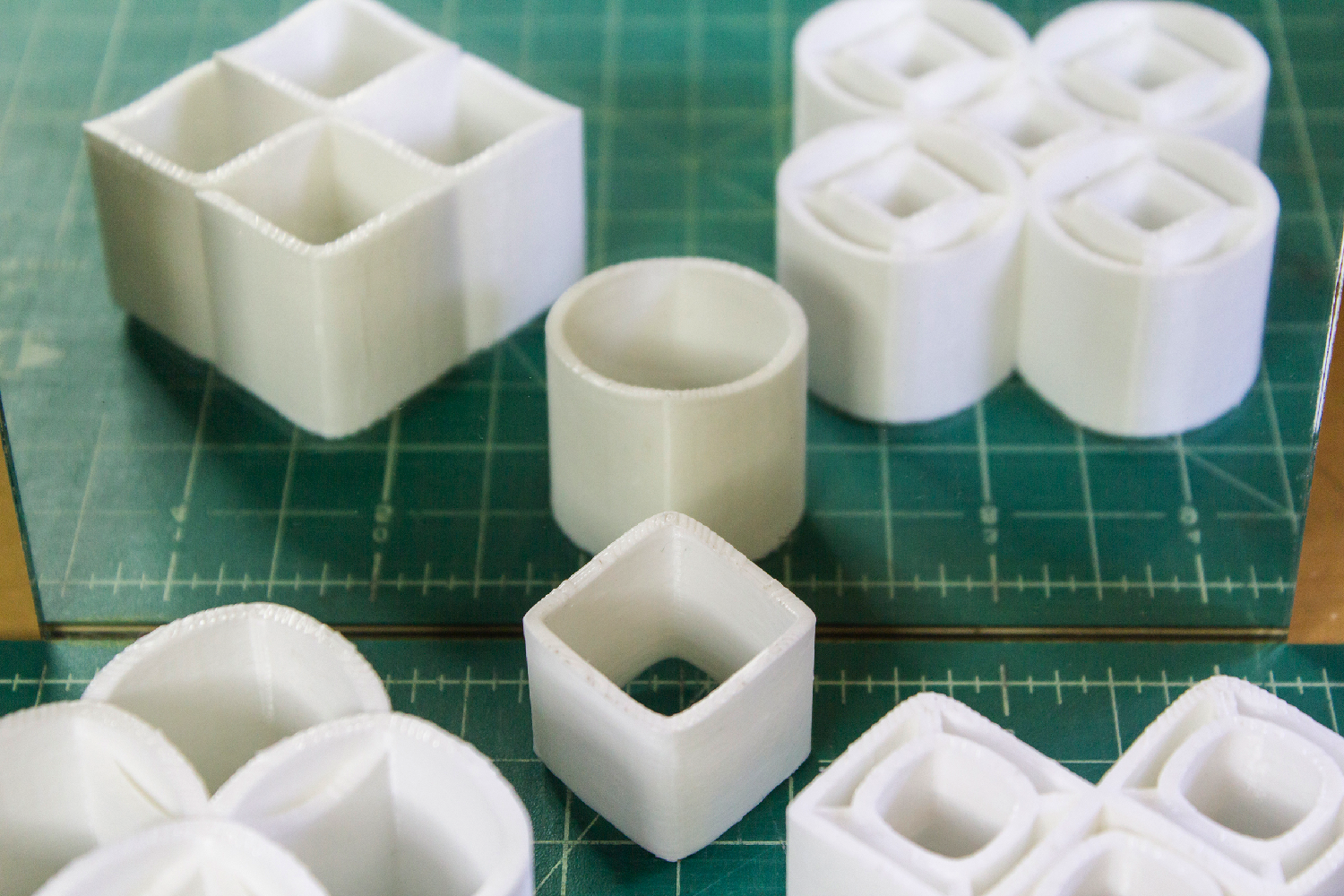“The direct views of the objects and their mirror images generate quite different interpretations of the 3D shapes,” Sugihara has explained. “They look like vertical cylinders, but their sections appear to be rectangles, while in the other view they appear to be circles.”
Impossible, right? Well, apparently not if you’ve got a 3D printer at your disposal — as Devin Montes of YouTube channel Make Anything recently proved by reverse-engineering a solution.
“The video was created late at night on the spur of the moment, when I saw another video showing this illusion, but offering no explanation,” Montes tells Digital Trends. “I took it upon myself to figure out what was causing this mind-boggling trick, because I thought it would be super cool to 3D print my own. When I got it to work, I immediately filmed myself showing off the trick.”
The nifty solution, as Montes’ above video shows, is that the shapes Sugihara created aren’t circles or squares at all, but rather a shape in between that plays off the way our brain perceives images. “This puzzle is great because it’s simple, yet so effective,” Montes continues. “Even when you know how it works, it fools you.”
He adds that he collects similar illusions, which he has scattered throughout his house. “I thought this would be make a great addition to my mess/collection,” he notes.
Best of all, if you wish to do something similar — and see how Kokichi Sugihara’s trick is executed, you can follow Devin Montes’ instructions by downloading the printing file for his 3D printed cylinders right here.
Editors' Recommendations
- 3D printed cheesecake? Inside the culinary quest to make a Star Trek food replicator
- Need a last-minute Halloween costume? Check out these 3D-printable getups
- The best 3D printers under $500
- Wild new 3D printer makes parts by sending titanium particles supersonic
- GPS-tracking, 3D-printed decoy eggs can help root out illegal poachers







